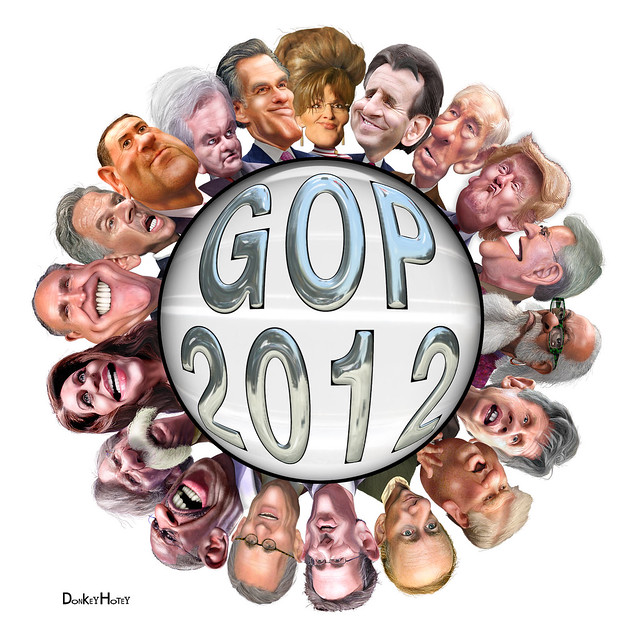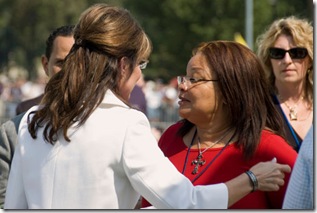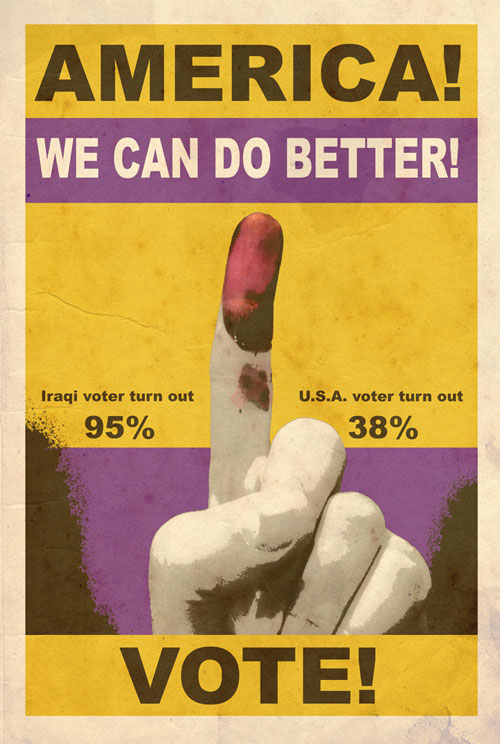
Those who follow the PNP ideology are called penepés or estadistas ("statehooders"). Individuals from the PNP may have alliances with either the national Republican Party or the Democratic Party, unlike the Popular Democratic Party, which has strong identification with the Democratic Party. In its beginning, the majority of the PNP leaders were also members of the Republican Party, yet the last two elected PNP governors, Carlos Romero-Barceló, and Dr. Pedro Rosselló, are registered Democrats.
History
Foundation
The party traces its beginnings to a 1967 reunion in a sports complex in Carolina. On January 5, 1968, the party was certified as an official political group by the State Elections Commission of Puerto Rico. The party had roots in a prior pro-statehood party led by Miguel Angel Garcia Mendez. Part of the impetus congealed after the unsuccessful campaign in the Puerto Rico status referendum of 1967. Party founder and former Statehood Republican Party standard-bearer Luis A. Ferre defined the New Progressive Party that would not be aligned to any of the two national parties, and a party that opposed thecaudillista traditions of a Popular Democratic Party that shunned primaries and chose its candidates following the dictates and whims of party leader Luis Munoz Marin.1960S
Under Luis A. Ferré, the PNP came to power in November 1968 by defeating Luis Negron Lopez, the chosen candidate of the PPD. Smaller vote totals were obtained by the Partido del Sol led by Roberto Sanchez Vilella and the candidate from thePIP. The governing party was saddled by the break-away candidacy of then-governor Vilella, who had feuded with the PPD leader, Luis Muñoz Marà n.1970S
Four years later, in 1972, Ferré lost to the reunified PPD's candidate Rafael Hernández Colón, but in 1976, under the leadership ofCarlos Romero Barcelo, the PNP returned to power. Romero Barcelo would face Hernandez Colon two times for the seat of Puerto Rican governor.1980S
Romero Barcelo won in 1980 by a narrow 3,000 vote margin. A prominent event during his term was a controversy wherein two young hoodlums, who had gone to Cerro Maravilla, the communications center for the island, to blow it up, were shot dead (also see:Alejandro González Malave). At first, it was reported that they had been shot because they resisted arrest, but then it became clear that they had been shot while under police custody. The opposition PPD, in control of the legislature, orchestrated televised hearings in which they attempted to pin the while fiasco on Gov. Romero-Barcelo. Further scandals erupted when it became possible that an undercover police agent that was with the two men had actually engineered the whole episode. Romero Barcelo, was implicated in the affair by his political opposition and a biased press. This, combined with the fact that the then-mayor of San Juan, Hernán Padilla, left the party to form his own party, Partido Renovación Puertorriqueña (or PRP), allowed Hernández Colón to obtain re-election in1984. In 1988, the PNP candidate,Baltazar Corrada del Rà o, the former resident commissioner, ran for governor but he lost to Hernández Colón.1990S
The PNP came back to power in 1992, when Pedro Rosselló, a pediatrician, became the party's leader and defeated Luis Muñoz Marà n's daughter Victoria Melo Muñoz to become governor.During this period, the government officialized the english language as Puerto Rico's official language, simutaneously with Spanish.
During Pedro Rossello's term a great deal of public works were including the "Tren Urbano" (Subway), the "Super Tubo" (Super tube), the Health Reform, the "Coliseo Puerto Rico" (Puerto Rico Coluseum)
As of his first term Rossello was lauded for his public works which allowed the party to win again in 1996.
During the 1993-1997 term, various cabinet members, among them the Health Secretary Enrique Vasquez Quintana, denounced members of the government of corrupcion, Rossello ignored and fired him, among any other that denounced corruption in the government, and gave a vote of confidence to all the members that were accused of corruption. The corruption issues bared little effect on the PNP's image and the party was able to win in 1996 by the largest margin in the party's history, 51% of the votes casted.
This victory was short live and the PNPs image suffered severly with countless corruption cases.
It started with the PNP former mayor of Toa Alta, Angel Buzo, was charged and found guilty of corruption.
This was followed with indictments of several directives of the "Instituto de Sida" (Aids Institute) with "money laundering" charges. This resulted in the closing of the Instituto de Sida.
The PNP's image was further damaged with the selling of the the Puertorican Telephone Company, that cause mass discomfort to the public employees, among many other people.
A great moral loss was suffered when in 1998, statehood, 46%, lost to "None of the Above", 50.03% in a plebisite. This made clear that those that voted for the PNP, although a pro-statehood party, do not necessarily believe in Statehood for Puerto Rico.
The PNPs was even further damages as new corruption carges were placed on Senator Freddy Valentin among other high ranking PNP politicians and state officials.
More the PNPs image suffered harshly throughout the 2000 election.
2000S
Rosselló stepped down as governor after eight years in power in 2000. His period as governor was marked by the Vieques protestsand major economic growth. In 2000, Carlos I. Pesquera ran for governor. His main PPD opponent, Sila Marà a Calderón, and him were tightly matched on pre-election polling. Pesquera, however, was hampered with the already enormous list corrupcion in Rossello cabinet. Pesquera was the Transportation Secretary under Rossello and that gave the image that corruption would continue if he were to be elected governor.In the process, more corruption charges came out in months before the 2000 election were serveral CRIM (the governmental agency in charge of handling municipal property taxes)officials were accused of corruption. In addition to that outgoing governor Rossello fired the then Family Secretary, Angie Valera, because of announcing publicly that there were irregularities in the agency.
The PNP lost the 2000 election, losing the Governor's seat, the Resident Commissioner, and legislature. This was the first election since its creation, that the PNP suffered a vote reduction. Leo Diaz assumed the PNPs Presidency, but it was short-lived as Pesquera returned to occupy the position.
Turmoil consumed the PNP during the first two years of the 2001-2005 term. The Secretary of Education, under Rossello's Administration, Victor Fajardo, was charged by federal agencies of apropiating millions of federal funds directed to the Education Department. The former House Speaker, Edison Misla Aldarondo was also charge with corruption, was forced to resign and indicted
The PNP became ver radicalized during these years and stage a riot in the Woman's Proctor's Office for not putting an American Flag in the building. Pesquera, now House Speaker Jose Aponte...among others were accused and later acquitted of riot charges.
IN 2003, Rosselló returned to the island, allegedly due to the many calls and visits he received from prominent citizens and politicians. Also, the island was under the throes of Calderón's disastrous government. Rosselló subsequently defeated Pesquera in the PNP primary for the gubernatorial nomination. The fall campaign was lively and controversial. Rosselló's prior administration was repeatedly painted as corrupt, while his opponent (upon Rosselló's return, Calderónb announced she would not seek another term)Anibal Acevedo Vila (PPD) was initially lackluster. In his performance in televised debates, Anibal's campaign gained momentum, aided in part by the favorable press he received from the Ferré controlled media. In pre-election polls, Rosselló led by double digits, but ultimately Rosselló lost by some 3,000 votes (12,000 votes went as write-in for Carlos Pesquera). Dr. Rosselló challenged the electoral results after it became clear that about 6,000 votes, with multiple markings, had been counted for his opponent. After a lengthy court battle decided by the United States Court of Appeals for the First Circuit (located in Boston, MA), and headed by a former Ferré lawyer, Acevedo Vila was certified as governor.
With this decision it was thus established officially, though it was always a practice, that Puerto Ricans can endorse a political party so it can maintain its franchise, though it can vote for candidates that belong to other parties or are independent.
As 2005 began, the party faithful clamored for Senate President Kenneth McClintock to step down to transfer the position to Rosselló. To the surprise of party faithful, McClintock refused to leave the post and formed, with 4 other PNP senators, an alliance with Acevedo-Vila and the PPD senators in order to keep Dr. Rosselló from becoming Senate president. McClintock was aided in this endeavor by his "compadre" and childhood friend, Luis Fortuño, who was elected Resident Commissioner. This led to the expulsion of McClintock as well as two of his senators, from the PNP. The PNP has been racked with internal fight after internal fight. These internal battles have not worked their way out as of July 2006, thus creating a never before seen landscape in island politics.
Party logo
The party is strongly associated with the color blue in Puerto Rico because of its logo. Since the logo features a palm tree, many Puerto Ricans call the PNP "La Palma", pretty much as the Republican Party of the United States is called the "Grand Ole Party", or "GOP".Curiously enough, the use of a palm tree as a party symbol by the PNP was suggested, indirectly, by the opposition. In the original1967 status plebiscite, then Puerto Rico governor Roberto Sanchez Vilella asked one of his then staff members, future governor Rafael Hernandez Colon to come up with three ideas for art clips, as to identify each of the three status options in the ballot and assist illiterate voters who might not be able to read it. In his book "Vientos de Cambio", Hernandez Colón recalls that he conceived the three symbols while at the backyard of his father-in-law's house in Ponce, Puerto Rico. One of the symbols (the one which eventually represented the statehood option in the ballot) was a "palma real" (Roystonea regia), a species of palm tree that is autochthonous to the Caribbean. The group "Estadistas Unidos", the statehood supporters who broke rank with Garcà a Méndez to participate at the plebiscite, adopted the palm tree as a potential party symbol when they incorporated the NPP. Due to electoral law restrictions, however, they were forbidden to use a "palma real" as a logo because of its previous use in an election; therefore, a coconut (Cocos nucifera) palm tree was used instead. The use of the coconut palm tree as a symbol by the NPP persists to this day.
The logo's original version consisted of a light blue palm tree, partially encircled by words in a semi-circle (the exact color hue for the logo being that of the United Nations flag, as a personal request from the party founder, Luis A. Ferré. The original logo had the party's name surrounding it; eventually the words "estadidad, seguridad, progreso" ("statehood, security, progress" in English) substituted the party name. The logo later enclosed the palm tree in a blue oval and reversed its colors. The tonality of blue used in the newer logo was eventually changed to a deep navy blue, as to liken it to that of the canton of the United States' flag.
Important party leaders
* Luis Fortuno* Carlos I. Pesquera
* Carlos Romero Barcelo
* Hector O'Neill
* Luis A. Ferré
* Pedro Rosselló
* Ramon Luis Rivera
* Thomas "Tommy" Rivera Schatz
See also
*List of political parties in Puerto Rico*Politics of Puerto Rico
Related Articles
• Geography and Map of Puerto Rico
• Preserving Puerto Rico'ss Music / Reggaeton
• Puerto Rico Pleasures
• China News




















No comments:
Post a Comment